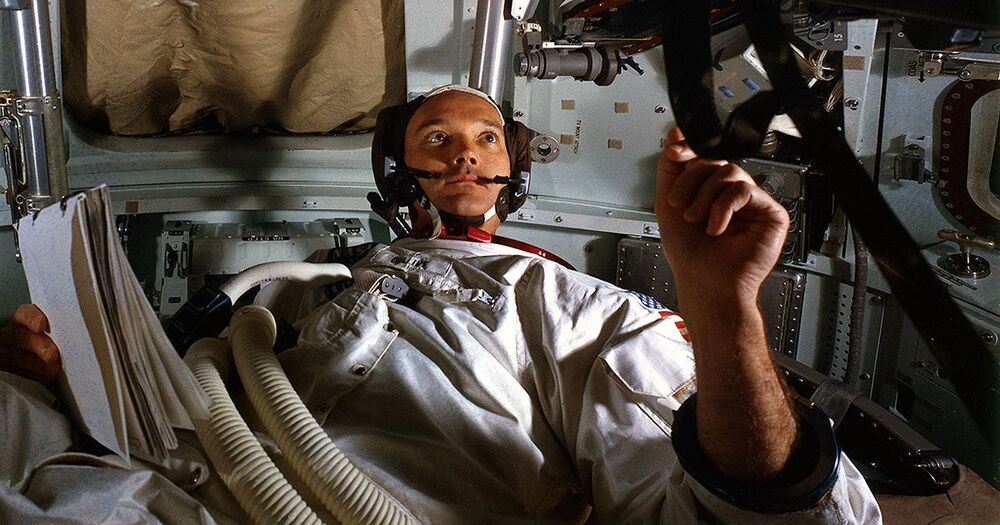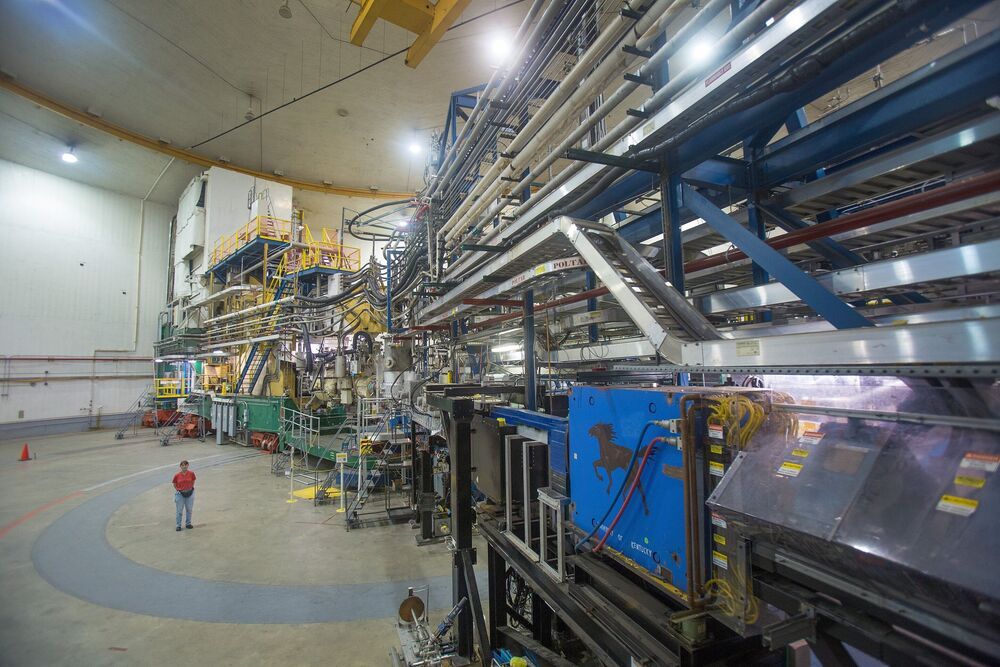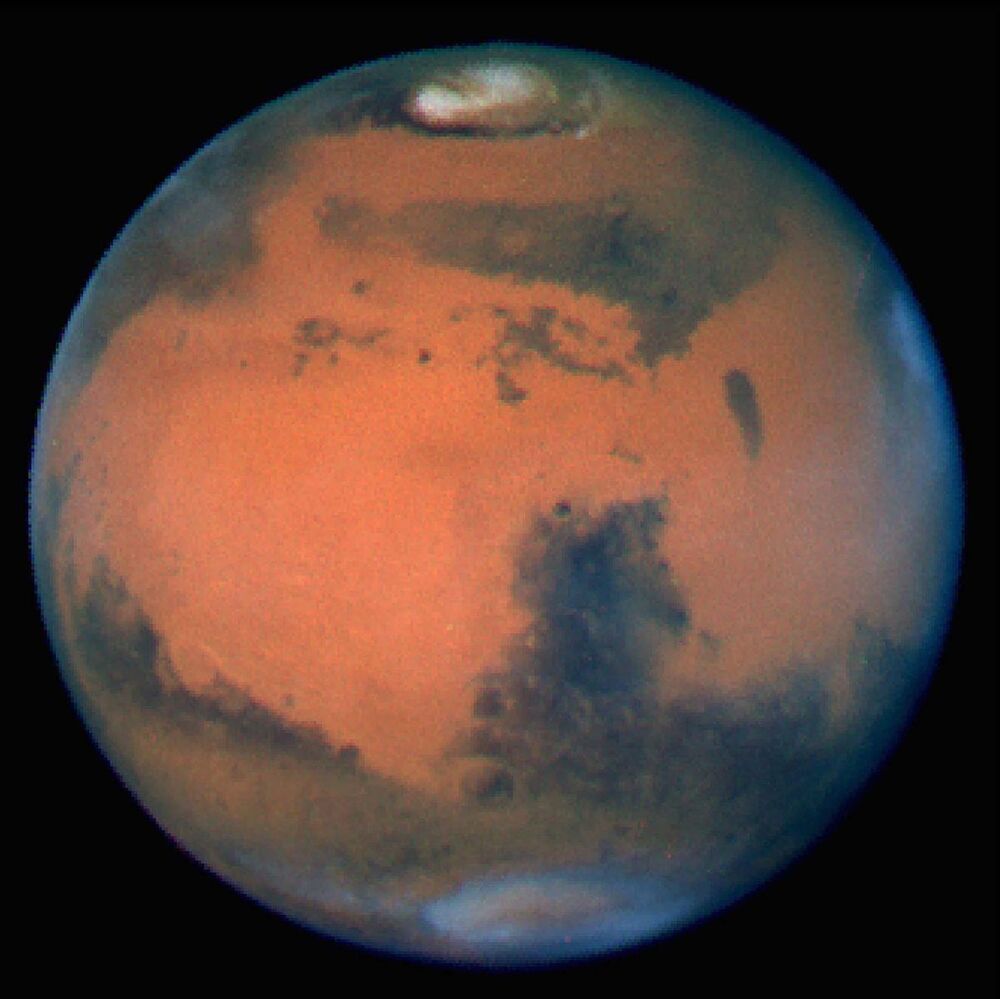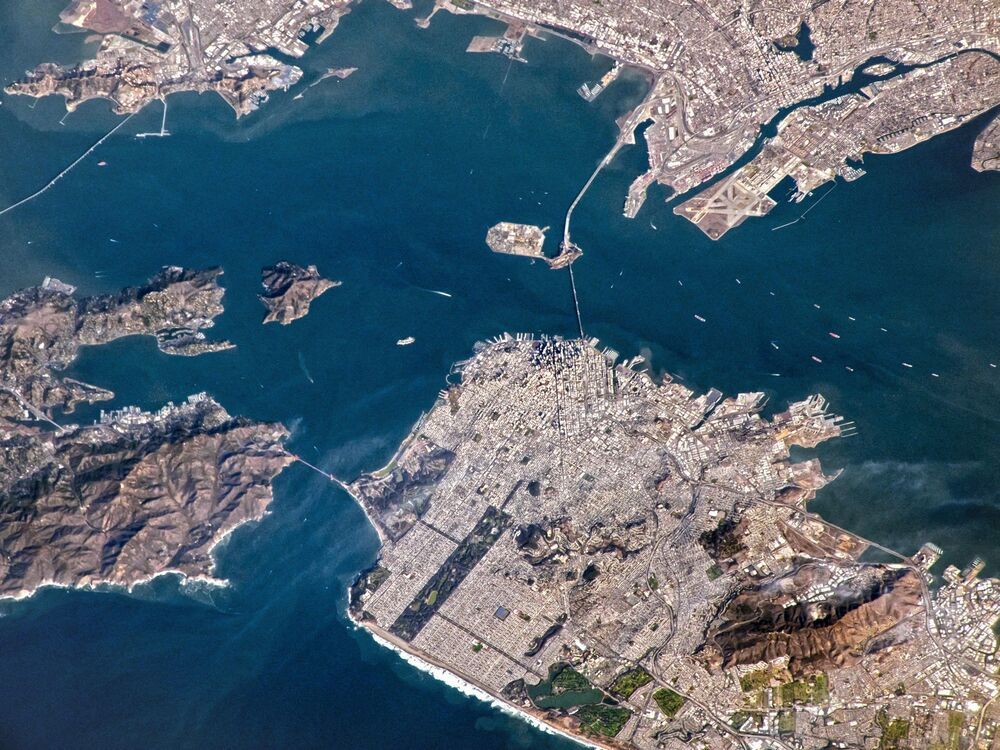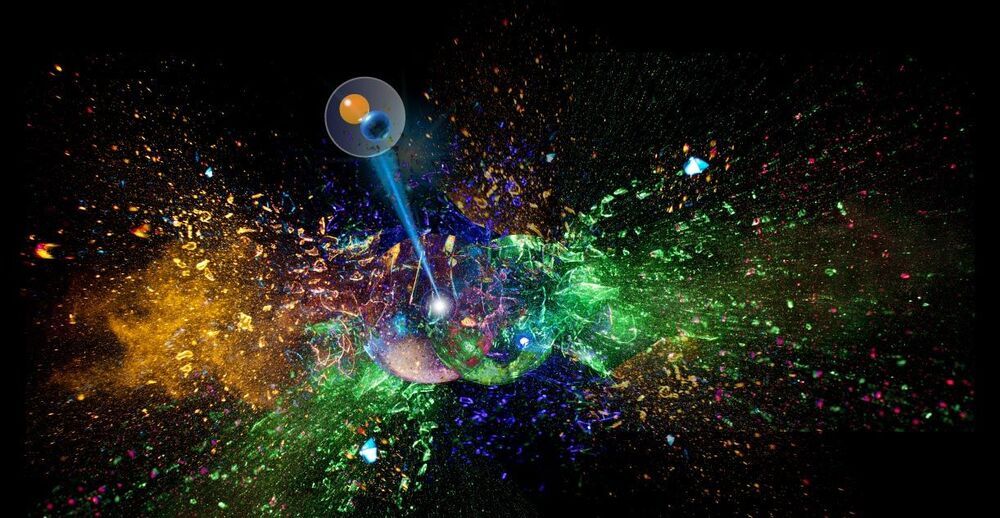As the command module pilot on NASA’s Apollo 11 mission, Collins circled the moon while Neil Armstrong and Buzz Aldrin touched down at Tranquility Base on July 20, 1969. When his two crewmates returned from the surface, Collins was in the unique position to capture a photo of all of humanity — his fellow astronauts on board the lunar module and everyone else on Earth off in the distance.
Mission Control likened Collins’ experience to that of the first human in existence. “Not since Adam has any human known such solitude,” a mission commentator said. Collins later rejected that notion.
“That’s baloney,” Collins said on the 50th anniversary of the Apollo 11 mission in 2019. “You put some Samoan on his little canoe out in the middle of the Pacific Ocean at night and he doesn’t really know where he’s going, he doesn’t know how to get there. He can see the stars, they’re his only friend out there, and he’s not talking to anybody. That guy is lonely.”
